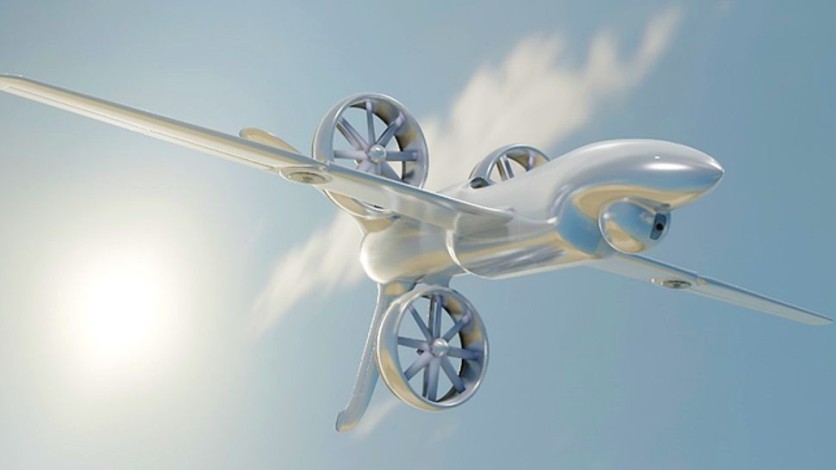The AdvaNced airCraft Infrastructure-Less Launch And RecoverY X-Plane program, also known as ANCILLARY, is being run by the US Defense Advanced Research Projects Agency (DARPA) and seeks to develop and flight demonstrate the technologies needed to produce a VTOL, which is a high-payload, low-weight, and long-endurance aircraft.
As reported first by Interesting Engineering, the objective is to develop a plane that can take off inclement weather from ship flight decks and sparsely populated land areas without the usual launch and recovery infrastructure required for these systems.

All About the ANCILLARY
According to Steve Komadina, the DARPA program manager for ANCILLARY, the capacity for the warfighter to deploy and retrieve such equipment under challenging circumstances without relying on infrastructure will reduce personnel, expenses, and vulnerability in critical operations.
Recent VTOL research investments and enhanced controls have been supported by a sizable non-traditional commercial business base, creating novel vehicle configurations that span size, mass, performance, and cost.
New architectures and ideas can now be explored in this industry thanks to developments in compact propulsion systems, fuel cells, high-capacity low, weight batteries, materials, electronics, and low-cost additive manufacturing, according to Interesting Engineering.
"ANCILLARY plans to use a multi-disciplinary approach that will bring together developments in advanced control theory, aerodynamic modelling, and advanced propulsion to solve a combination of challenging design objectives," Komadina said in a statement.
"The upcoming Proposers Day and Expo on September 20, 2022, will not only bring together traditional aircraft manufactures, but also non-traditional military contractors that have been investigating commercial VTOL solutions."
The US Air Force's AFWERX program, which was first unveiled in 2017, sought to accelerate the finest ideas from both the military and civilian sectors by incorporating entrepreneurial tech into novel ideas.
The Air Force also stated in June 2021 that it was accepting entries for a brand-new High-Speed VTOL (HSVTOL) challenge from other businesses. As a result, submissions for runway-free service and flexible operations workflow underwent extensive testing.
The Sikorsky HH-60 Pave Hawk helicopter was one of the most well-known submissions, but due to its receding blade stall, it could only reach speeds of 193 knots (222 mph, 257 km/h).
The tilt-rotor Bell Boeing V-22 Osprey was another contender; it was faster, reaching a top speed of 305 knots (351 mph, or 565 km/h), but it was more difficult to fly than a helicopter and required a minimum height of 15,000 feet.
This article is owned by Tech Times
Written by Joaquin Victor Tacla
ⓒ 2025 TECHTIMES.com All rights reserved. Do not reproduce without permission.




